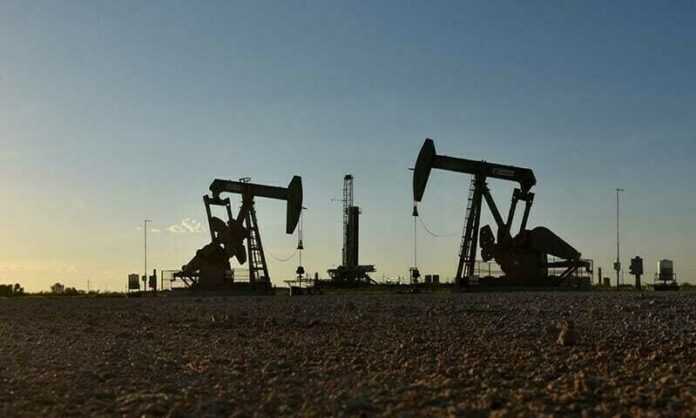Pakistan’s oil and gas reserves improved in the first half of 2025, according to the latest data release by Pakistan Petroleum Information Service (PPIS) and compiled by Intermarket Securities Limited. Overall oil reserves increased 3% to 239.6 million barrels, while gas reserves rose 5% to 19.0 trillion cubic feet (tcf) compared with December 2024.
The gains were primarily led by Mari Energies Limited (formerly Mari Petroleum), which reported a 12% jump in both oil and gas reserves, reaching 9.6 million barrels and 5.5 tcf, respectively. This growth was supported by recent discoveries in Waziristan’s Shewa and Spinwam blocks.
Other listed exploration and production companies, including OGDC, PPL, and POL, saw modest increases of 1–3% in their reserves.
Collectively, listed E&P companies added 2.4 million barrels of oil and 833.1 tcf of gas, while reserves among private operators fell by 1.0 million barrels. Significant improvements were noted in fields such as Bettani, Shewa, Pindori, and Shadadpur, bolstering reserve life and long-term production sustainability for listed companies.
MARI’s growth was concentrated in both oil and gas. At Mari D&P, gas reserves at Mari Ghazij rose 26% to 1.0 tcf, while Mari Tipu increased 13% to 0.82 tcf. The Waziristan block saw Shewa reserves expand 63% to 315 bcf and Spinwam add 51 bcf. Oil reserves in Waziristan also increased, with Shewa revised upward to 5.8 million barrels and Spinwam contributing an additional 0.5 million barrels. Further upgrades are expected following ongoing appraisal programs.
While OGDC’s mature fields experienced 10–15% declines, its overall reserves increased. Oil reserves at Bettani rose 4% to 10 million barrels, and Soghri North added 3.1 million barrels. Gas reserves climbed 3% overall, with Bettani revised up 12% to 220.7 bcf and Soghri North adding 124.9 bcf. Declines continued at Nashpa (6% to 197.9 bcf) and Kunnar (3% to 335 bcf), highlighting the challenge of replacing mature field production.
POL’s oil reserves remained largely stable at around 15 million barrels, with gas reserves showing modest growth due to upgrades at Pindori and contributions from the MOL-operated Tal block. Pindori oil reserves doubled to 3.8 million barrels, while gas reserves doubled to 10 bcf. Makori Deep (Tal block) increased 24%, and the newly discovered Razgir field added 56.6 bcf. Declines were observed in Tal block oil (7% to 489 million barrels) and Mamikhel South (31% to 0.8 million barrels), though production remains steady at roughly 3,300 bpd, suggesting potential reserve revisions.
PPL’s oil reserves rose 2% to 20 million barrels, with gas up 3% to 2.2 tcf. Gains were led by Shahdadpur, where oil rose 41% to 7.2 million barrels and gas increased 35% to 591 bcf. Partner-operated Tal block added 7% to gas reserves at 489 bcf. Declines were recorded in older fields, including Sui, Kandhkot, and Adhi, which fell by 5%, 4%, and 3%, respectively.
The overall increase in Pakistan’s hydrocarbon reserves reflects ongoing exploration success, particularly in Waziristan, Bettani, and Pindori, and provides a boost to reserve life and long-term production sustainability for listed companies.




